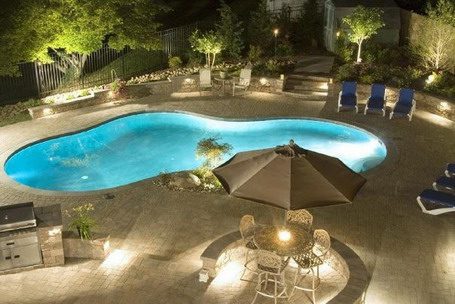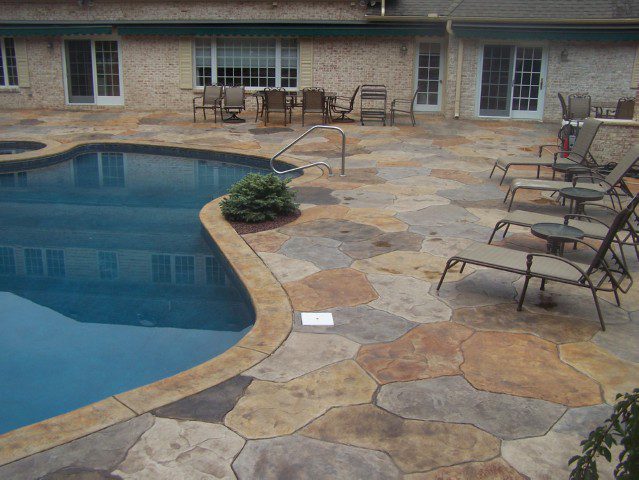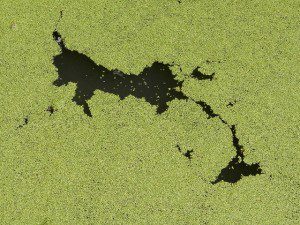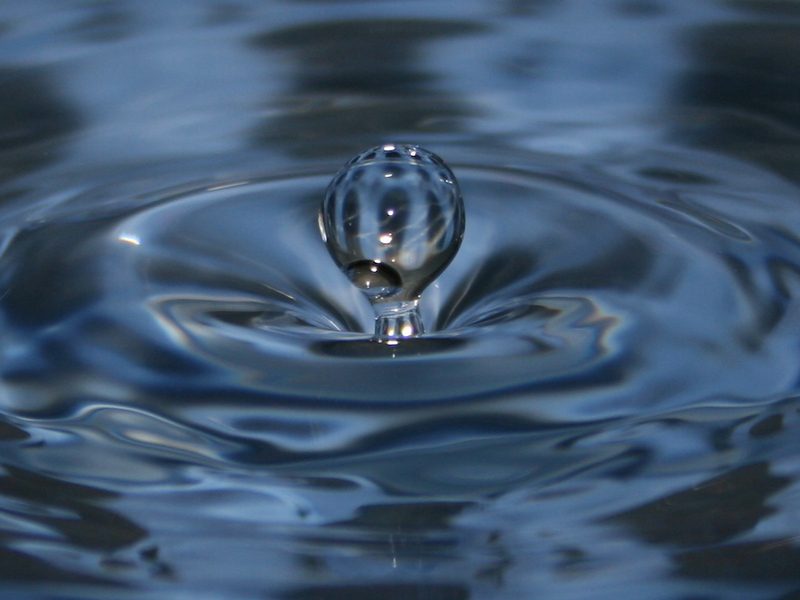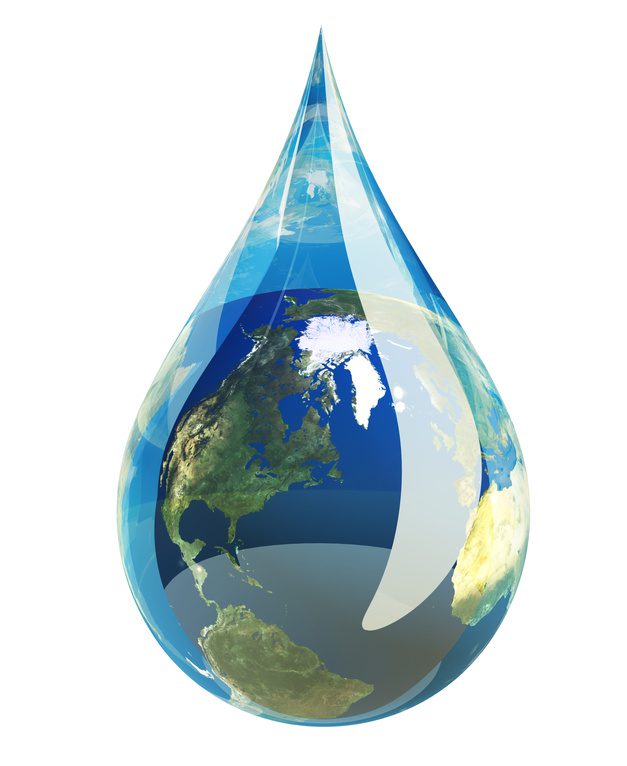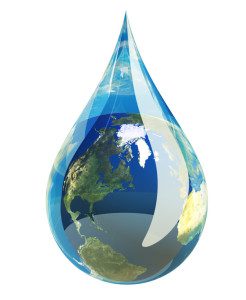Swimming Pool Patios: Stamped Concrete Or Pavers
Swimming Pool Patios: Stamped Concrete Or Pavers
This is always a hot topic when it comes to the world of swimming pool patios. Both pavers and Stamped Concrete are affordable, very durable, and can make your pool look fantastic. Which explains why consumers have chosen these two to be the most popular patio options on the market today. But then there is always that age old question, which is better? I'll cover some of the pros and cons of each and hopefully help you make a better decision. When it comes to making a choice about which surface to use for pool, it is important that you take into consideration how safe each one will be. If someone falls over and suffers from a serious injury due to a slippery patio, then you could be at risk of them contacting law firms similar to lamber goodnow to make a claim for compensation. It is important that you carefully consider which patio you buy, especially when it comes to your safety. Just something else to note, stamped concrete is also known as decortative concrete and you can find more out about it at Decorative Concrete Solutions - Decorative Concrete Floors.
Stamped Concrete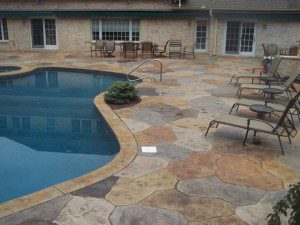
Cost: Priced on average between $10-$15/square foot depending on the region.
Pros:
- Large stamp color and patterns available. Most popular being slate, seamless stone, and flagstone.
- Unique antiqued look since stamped concrete is often composed of at least two colors; a base color that is mixed or trowelled into the surface, and a second color called a release agent that is spread on top.
- It can give a good faux look of other materials such as slate, flagstone, or brick.
- Sealed to protect it from elements and pool chemicals like salt.
Cons:
- Just like with most concrete, it will eventually crack.
- If more than one truck load of concrete is required, the colors might not match.
- Sealing is required and the sealer needs to be re-applied every 2-3 years.
- Surface can be slippery without adding an anti-skid agent mixed in with the sealer.
Pavers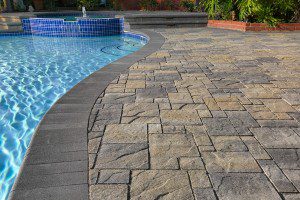
Cost: Priced on average between $17-$28/ per square foot.
Pros:
- Durable and will not crack as long as they were installed correctly.
- Easily changed or added onto later down the road.
- Easy fixes for underground repairs.
- Non slippery surface, unless you put sealer on it.
Cons:
- Chance of settling and movement over time if faulty installation.
- Weeds can pop up between pavers unless you use polymeric sand. Polymeric sand prevent weeds, but needs to be re-applied 2-3 years.
- Limited selection for colors and patterns.
- Same Color discrepancies of pavers from manufacturer.
Now that I have pointed out the major differences between each type of swimming pool patios. What say you then, do you have a preference yet? We like and recommend both here at Pool Supply Warehouse, so I wish I could tell you one way or the other. However there are situations that call for both. Always consider the compatibility of the material with your existing yard, color compatibility, and weather you plan to add to expand the patio in the future. One things for sure, you cannot go wrong with the durability and beauty of both of these patio materials. If you have any further questions about swimming pool patio materials give us a call at 623-939-1346 or stop by your local Pool Supply Warehouse retail store and one of our pool care professionals will be happy to help!
If you have any additional thoughts or have run into this same issue, please feel free to comment and let us know! Share some end results pictures too.

